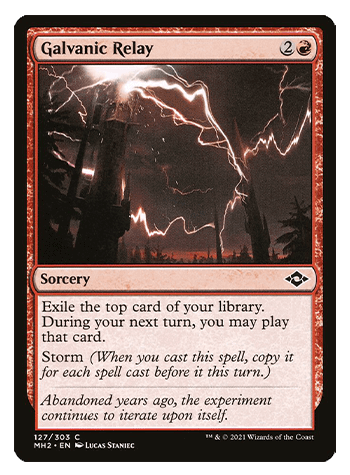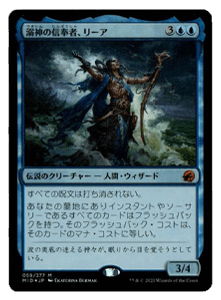Aaron Forsythe just published this on the Wizards website.
It explains the new mulligan rule that will be introduced with the release of Battle for Zendikar. This new style of mulligan was previously used at the latest Pro Tour in Vancouver, CA.
Here’s the actual wording of the new rule:
103.4. Each player draws a number of cards equal to his or her starting hand size, which is normally seven. (Some effects can modify a player’s starting hand size.) A player who is dissatisfied with his or her initial hand may take a mulligan. First, the starting player declares whether or not he or she will take a mulligan. Then each other player in turn order does the same. Once each player has made a declaration, all players who decided to take mulligans do so at the same time. To take a mulligan, a player shuffles his or her hand back into his or her library, then draws a new hand of one fewer cards than he or she had before. If a player kept his or her hand of cards, those cards become the player’s opening hand, and that player may not take any further mulligans. This process is then repeated until no player takes a mulligan. (Note that if a player’s hand size reaches zero cards, that player must keep that hand.) Then, beginning with the starting player and proceeding in turn order, any player whose opening hand has fewer cards than his or her starting hand size may scry 1.
To summarize the new mulligan, after a player would mulligan and decide to keep their new hand, they would then “Scry 1”. I think it’s a terrific change as it eliminates games where players don’t feel they actually got to play magic. Players who mulligan games in standard currently are largely unfavored at the moment, it’s a format all about hitting land drops and card advantage over time. One mulligan could easily ruin a player from doing either for the remainder of the game, the same could be said for Legacy to a certain extent. I believe this new rule will create better games in the long run, while it does appear to give a slight edge to combo, it’s not exactly allowing them to search for any card and put it on top of their library – it’s not Vampiric Tutor.
This new mulligan structure makes “engine” based strategies very powerful, as you’re not looking for a specific card most of the time – but several. For example, I can’t wait to do this:
Mulligan hand: Gitaxian Probe, Dark Ritual, Bloodstained Mire, Lion’s Eye Diamond, Chrome Mox and Duress.
Scry1: Infernal Tutor.
Lay Bloodstained Mire, cast Chrome Mox (Imprint Duress), tap it to play Dark Ritual.
Lion’s Eye Diamond, cast Gitaxian Probe, hold priority, activate Lion’s Eye Diamond and draw Infernal Tutor.
Search with Bloodstained Mire to find Volcanic Island and then search with Infernal Tutor to find Ad Nauseam!
Alright, most games won’t happen like this, maybe a few will – but it’ll feel great! The real value here is to improve mulligan draws in a deck where you’re often just a card off of killing your opponent. That extra edge will go a very long way in combo decks as they’re more prone to sending their seven card hands back. In non-combo, blue based tempo strategies in Legacy, this rule will help those decks dig for Force of Will or in Death & Taxes it will be an extra look for Thalia, Guardian of Thraben. This is fine too, however, it’s going to be more difficult to find a specific card such as these in comparison to your opening hand just needing something that creates plus one mana.
I see this as a slight improvement to our current system and that’s all we can ask for, small improvements over time is exactly what we need as players. Great job Wizards/DCI/Hasbro!





